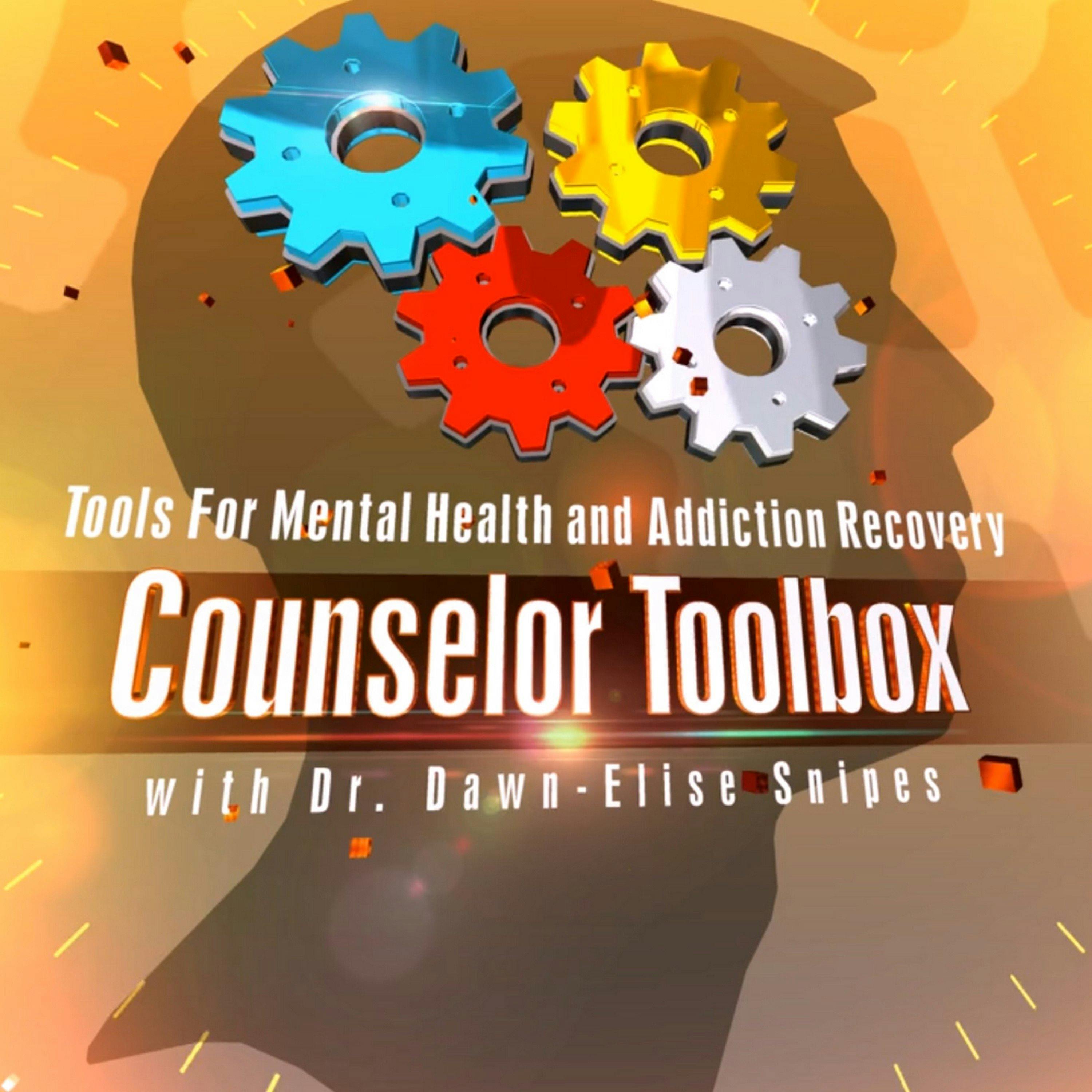Changing Expectations_ How Beliefs Impact Mental Health
Description
Introduction
Presenter: Dr. Dawn-Elise Snipes discusses the impact of schemas on anxiety and depression.
The presentation explores how schemas (mental shortcuts or belief systems) are formed, how they affect the mind-body connection, and strategies to address unhelpful schemas.
Understanding Schema
Definition: Schemas are mental representations or beliefs about people, events, or places formed from past experiences. They help predict future situations based on these past experiences.
Example: Driving to a stoplight – based on previous experience, you know a yellow light signals that it will soon turn red. Similarly, life experiences shape our expectations in relationships, work, and personal safety.
Formation and Impact of Schema
Schemas develop from cultural messages, personal experiences, and interpretations of those experiences. Over time, schemas may become inaccurate or outdated, leading to faulty predictions.
Trauma: Trauma can lead to schemas where individuals feel powerless and unsafe, contributing to chronic stress, anxiety, and depression. These schemas can cause overgeneralization, making a person feel like no one is trustworthy or that no place is safe.
Negative Impact on Health: Chronic stress from faulty schemas affects the gut microbiome, alters neurotransmitter levels, and impairs sleep, exacerbating mental health issues.
Addressing Faulty Schemas
Cognitive Restructuring: Identifying faulty schemas and challenging their accuracy in the present context is essential. For instance, realizing that past experiences may not accurately reflect current realities helps reduce anxiety.
Distress Tolerance: Learning how to manage emotional distress enables individuals to avoid automatic, stress-based responses, allowing them to make better decisions in the moment.
Environmental and Situational Analysis: By acknowledging that not all situations or people are the same, individuals can adjust their schema based on new, more accurate information.
Examples of Faulty Schemas
Generalization: Previous negative experiences with authority figures (e.g., doctors or law enforcement) can lead to a generalized distrust, even when the current situation may be safe.
Self-Schema: Individuals may develop beliefs about their self-worth and competence based on negative feedback from past relationships, leading to anxiety and depression in current situations.
Safety Schema: Children or adults with a history of trauma may develop hypervigilant responses to everyday situations, constantly interpreting them as dangerous due to ingrained safety-related schemas.
Strategies for Schema Modification
Schema Awareness: Recognizing when a schema is being triggered by monitoring emotional reactions.
Schema Journaling: Writing down experiences and examining whether the schema applied to the situation was accurate, helps in modifying outdated beliefs.
Therapist Support: Professionals can guide individuals through the process of schema identification and restructuring, helping them replace maladaptive beliefs with more constructive ones.
Conclusion
Schemas are powerful lenses through which we interpret the world. While they provide mental shortcuts, they often need to be revised as we gain new information or encounter new situations.
Through cognitive restructuring, distress tolerance, and a supportive therapeutic environment, individuals can modify unhelpful schemas, leading to improved mental health and resilience.
Learn more about your ad choices. Visit megaphone.fm/adchoices
More Episodes
Learn more about your ad choices. Visit megaphone.fm/adchoices
Published 11/21/24
Published 11/21/24
Introduction
Presenter: Dr. Dawn-Elise Snipes discusses helping families navigate life transitions using the Flower Empower Model.
The focus is on understanding how various transitions impact both individuals and families, emphasizing the importance of supportive partnerships between...
Published 11/19/24


